What is tarpaulin in human life? The material tarpaulin appeared not so long ago in human life. For more than a century, people have been actively using it for their own purposes. They use it to sew boots, gloves, bags, clothes, etc. Read more about the material below.
History of invention
The history of the invention of tarpaulin is quite interesting.
Soviet successes
According to archive data, tarpaulin was invented by Mikhail Mikhailovich Pomortsev. He is one of the talented Russian scientists. Research began in 1903. Experiments with rubber substitutes. In 1904, a waterproof tarpaulin was obtained. Later, a material was obtained that was called "tarpaulin". What kind of material is tarpaulin? Tarpaulin is a multi-layer, durable cotton fabric.
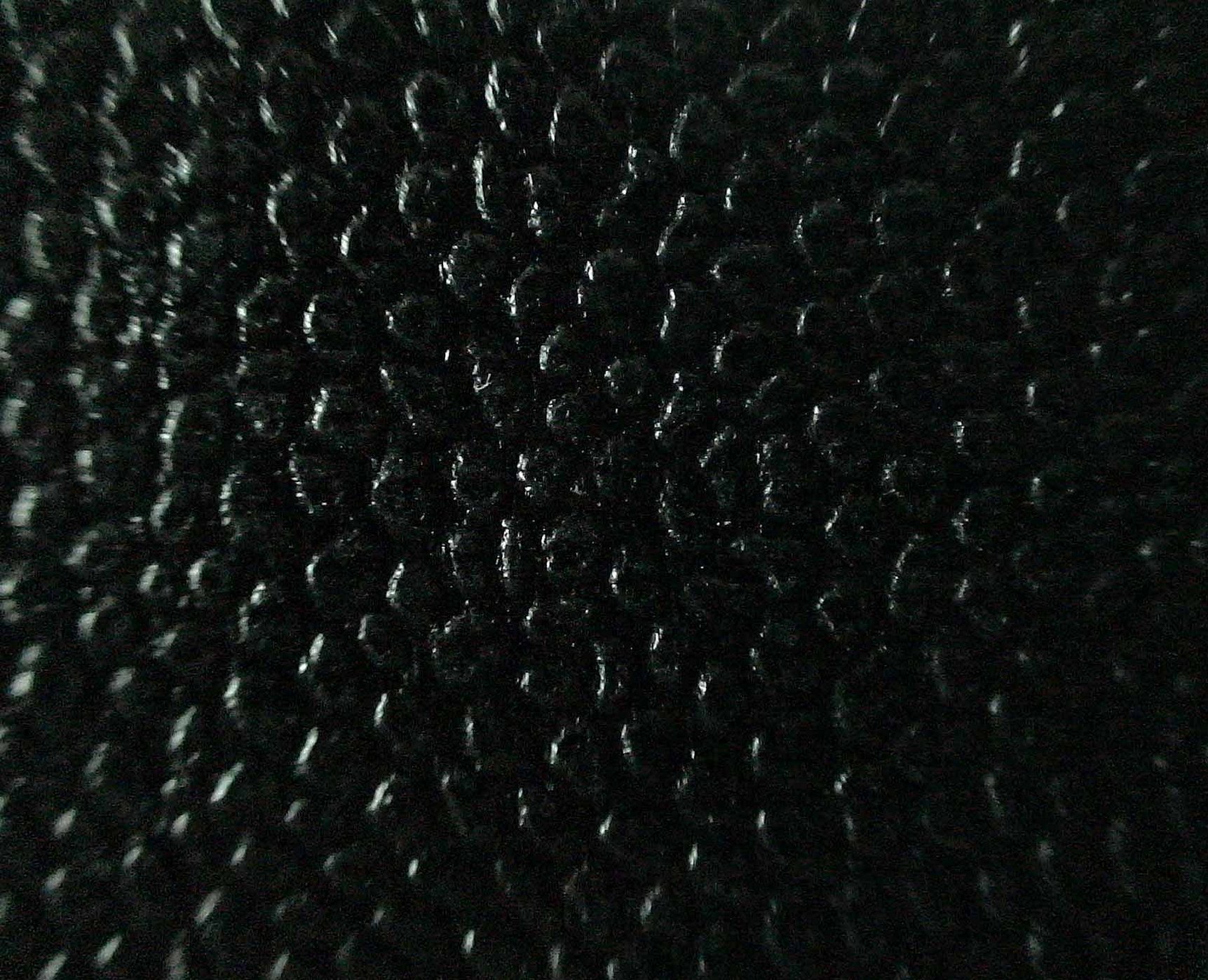
During the First World War, Pomortsev put forward the idea of using leather substitutes in boot factories. The factories did not approve of the idea. During the Great Patriotic War, there was a shortage of raw materials for production. Then experiments on improving tarpaulin were resumed. The case was given to the chemist and inventor Ivan Vasilyevich Plotnikov. A year later, boots from tarpaulin were successfully manufactured. For improvements in the method of producing tarpaulin, he and his workers received the Stalin Prize of the 2nd degree in the amount of 100 thousand rubles.
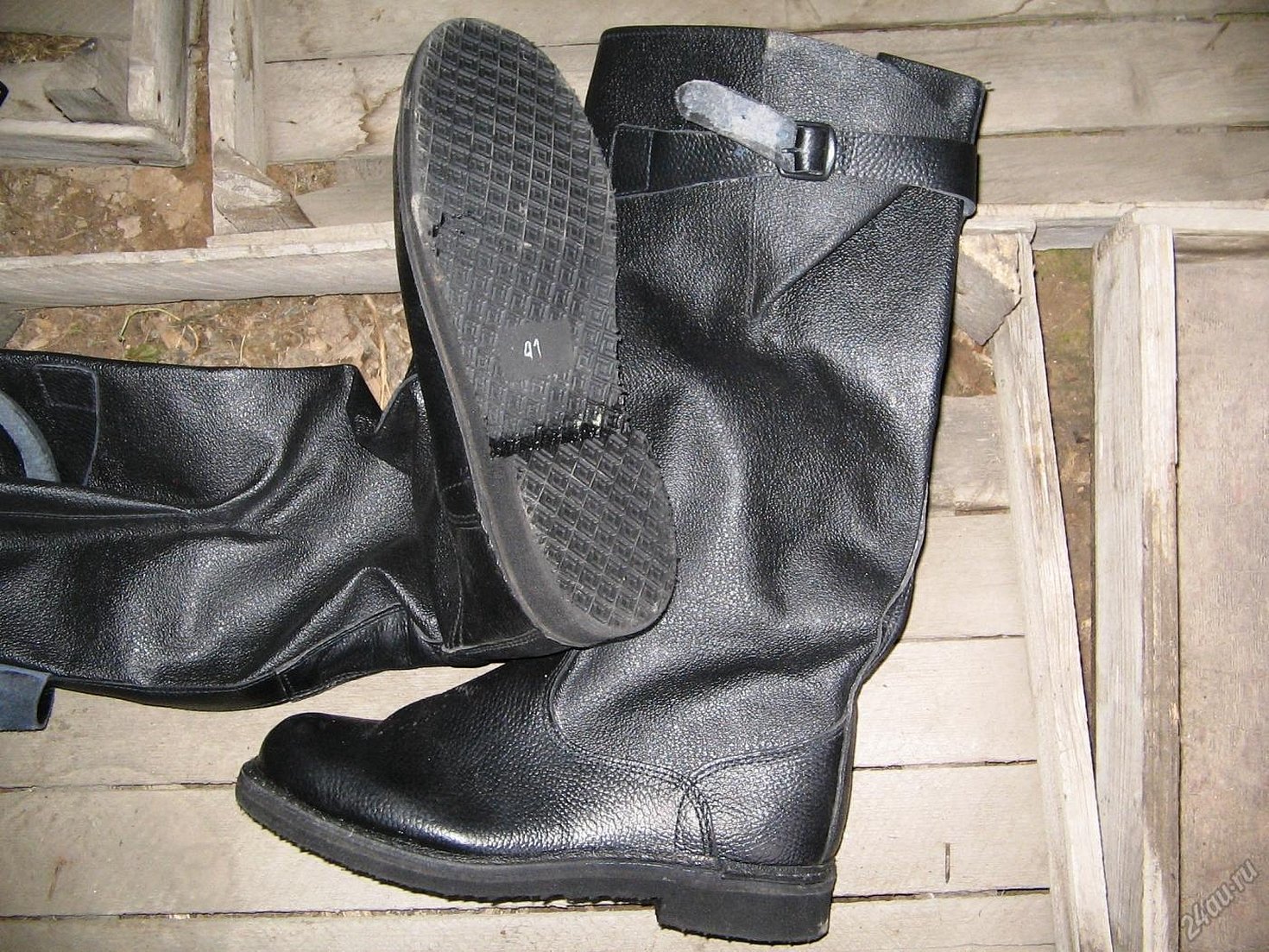
European experience
The liquid of rubber flowers formed a layer that protected against water. Only one country, Scotland, was able to obtain such juice. The Scottish chemist C. Mackintosh began to impregnate fabrics with latex from coal waste. A fabric was obtained from which raincoats were sewn. They were called "mackintosh". They were profitable and convenient to use, thanks to the properties of the fabric. In other countries, wax, resin and oil were used for impregnation. Later, there was a more complete development.
Russian experience
Russia has become a major producer of tarpaulin. Approximately 80% of production goes to the manufacture of boots and shoes. The material for sewing army footwear, tarpaulin, is combined with yuft. Now the army is planning to change the shoes to bets, but for now they use the old and familiar tarpaulin boots.
History of Tarpaulin Boots
What is shoe tarpaulin? Russian army soldiers in World War I were the only ones who wore leather shoes. This can be called the merit of Pomortsev and Plotnikov. The first discoveries were made by Mikhail Pomortsev. He created this material, but it was not profitable to use. The material was not approved by factories, and after his death, he was forgotten.
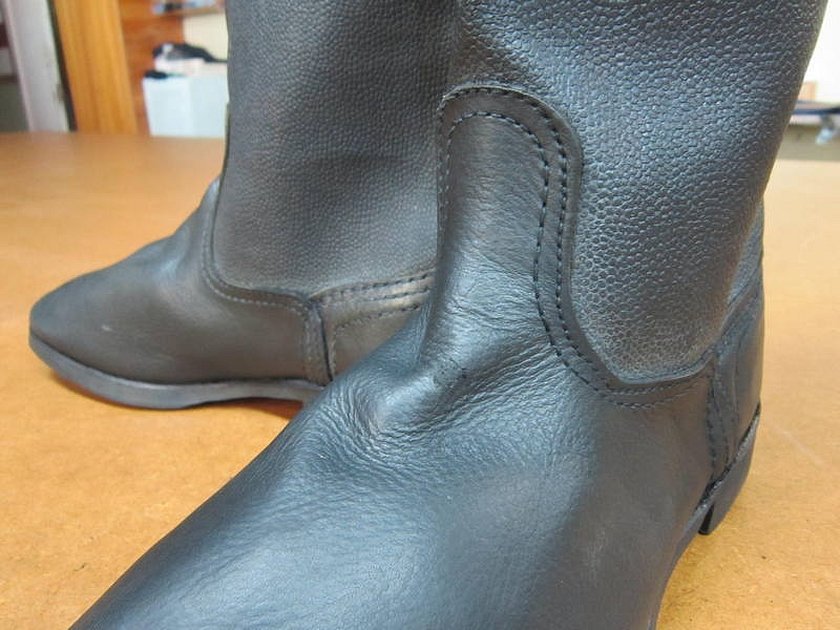
By the middle of the 20th century, there was a noticeable shortage of money to support the army. Plotnikov was tasked with improving the material in the shortest amount of time. His research and experiments took about a year, and his discovery helped the army. The first test for tarpaulin boots was the Soviet-Finnish War. The experiment ended unsuccessfully, as the boots cracked due to the cold.
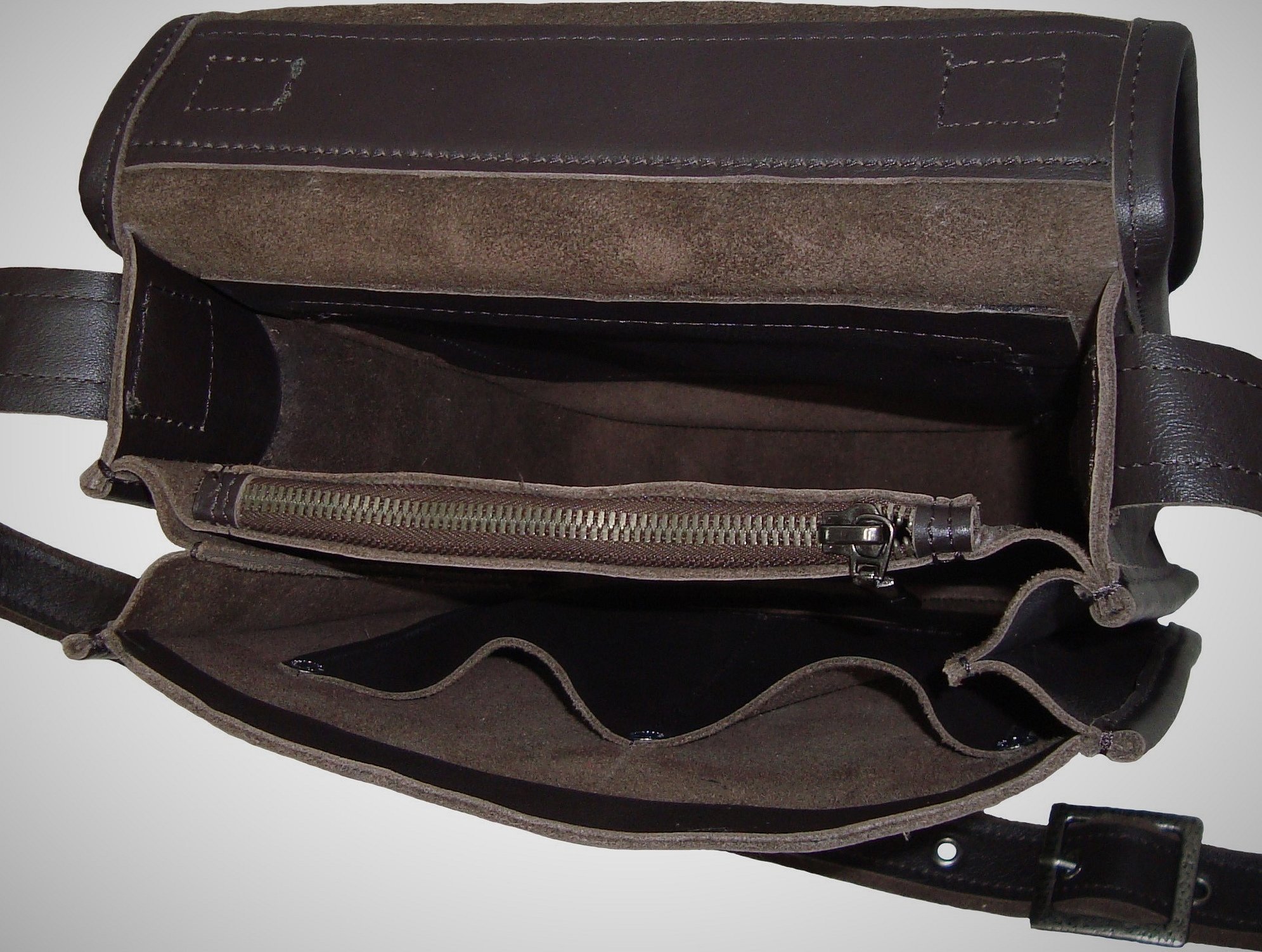
Important! By the end of the war, about 10 million people wore these boots. They went with them all the way to Berlin. Kirzachi are one of the symbols of victory.
For more than a century, tarpaulin boots have served the Russian army. Thanks to them, feet did not get wet, which meant there were fewer illnesses and deaths at the front.
Compound
What is tarpaulin made of? Tarpaulin fabric is a shoe material. It is based on cotton and rubber. Tarpaulin is often produced in black. Fabric composition:
- three-layer fabric base;
- rubber solution;
- fillers and dyes;
- chalk;
- carbon.

The production takes place through short processes. The fabric acquires the following properties:
- good protection;
- water resistance.
At a price cheap and affordable boots. More about how boots are made in the next block.
Production methods
Kirza, what kind of shoe material is it, how is it made? The production method is attributed to high-molecular compounds. Cotton fabric is used with a density of 250-370 g / m3. Then a layer of rubber is applied at a certain temperature. After cooling, a second layer is applied, already from other components. The first layer is impregnated. This allows the material to be strong and reliable.
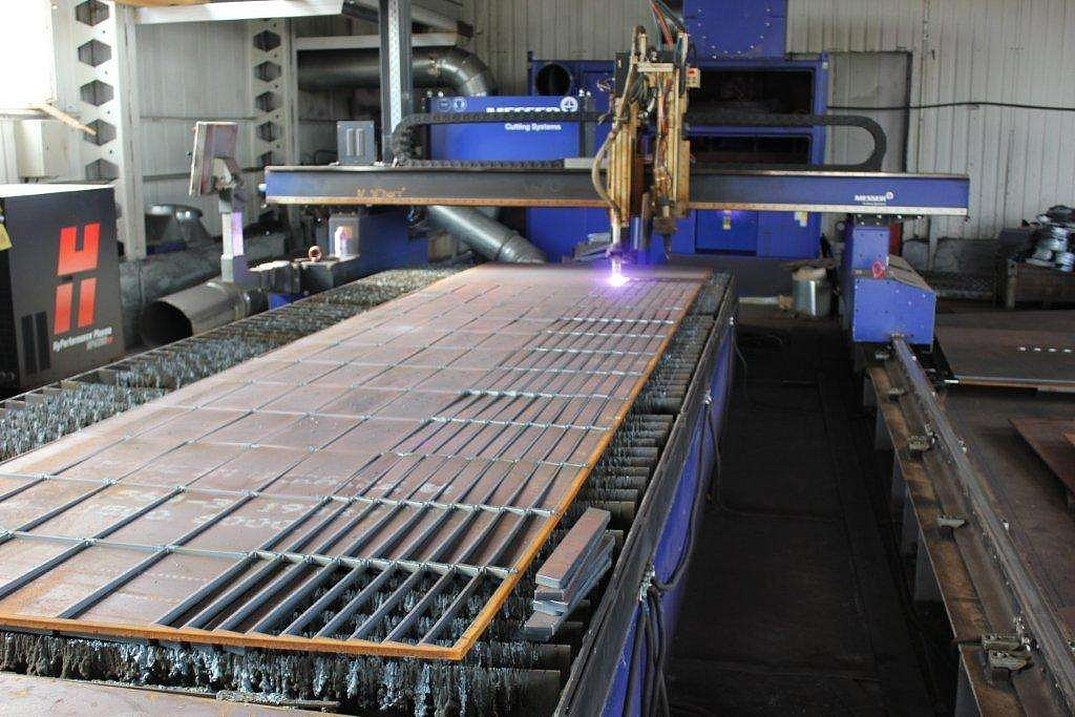
There is a more advanced production method. It changes the composition of the coating layer and the mass ratio. This increased the quality of durability, and the wear of the boots occurred more slowly.
In the future, a method appeared in which the base was no longer a three-layer fabric, but a four-layer one. This increased the strength of the material in its finished form.
Please note! Kirza is an artificial material. Not leather, but a fusion of cotton base and rubber. It acquired its properties due to molecular processes. Kirza boots are made not only from kirza. They contain yuft, another material.
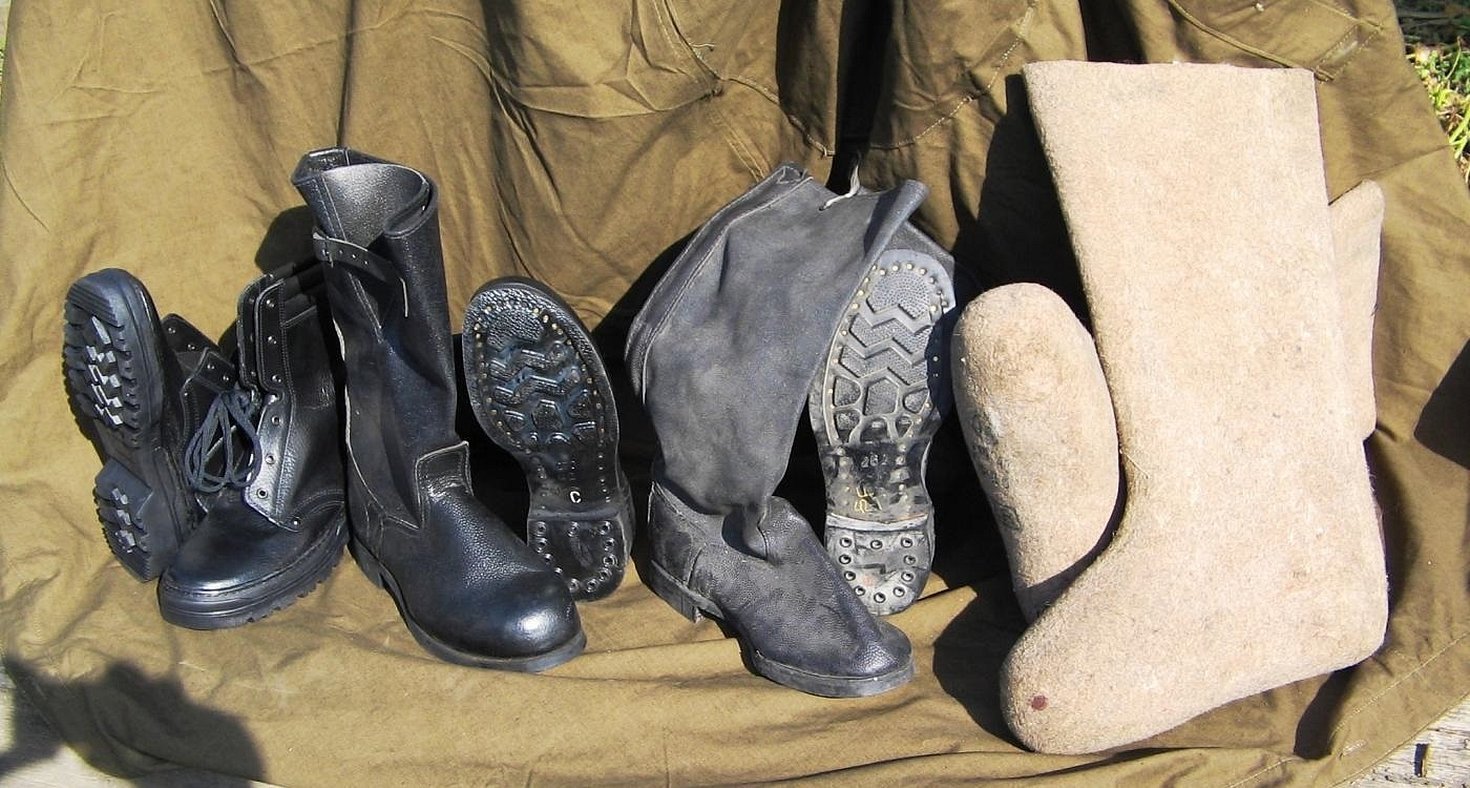
In the modern world, this material is not inferior to natural materials, although it was previously (during wartime) of better quality.
Modern tarpaulin - description of the fabric
In the world, tarpaulin is used not only for making boots, there are other interesting applications. For example, covers, bags, work clothes, protective aprons, and other footwear products.
The fabric can have several colors. The most well-known shade is black. There are less popular shades: raw and bleached. The colors were obtained through chemical reactions. By changing the color of the fabric, the composition of the impregnated liquid was changed. Other properties (strength, durability) remained unchanged.
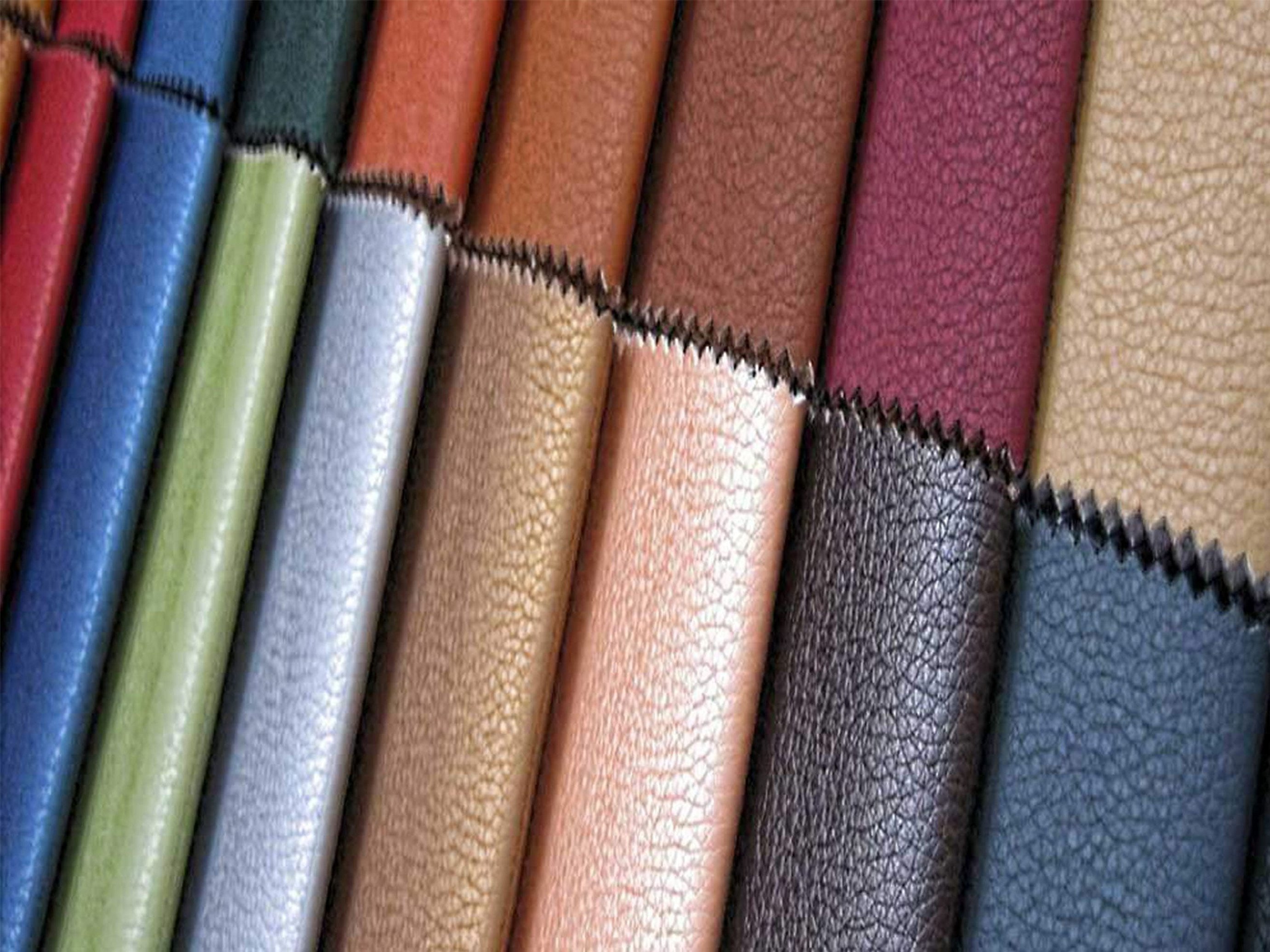
The fabric has two sides, they differ from each other. The front side looks like leather. Although, we can not forget the interesting fact that it is not leather at all. On the other, the back side, the texture is soft, more like fabric. And tarpaulin is exactly a fabric.
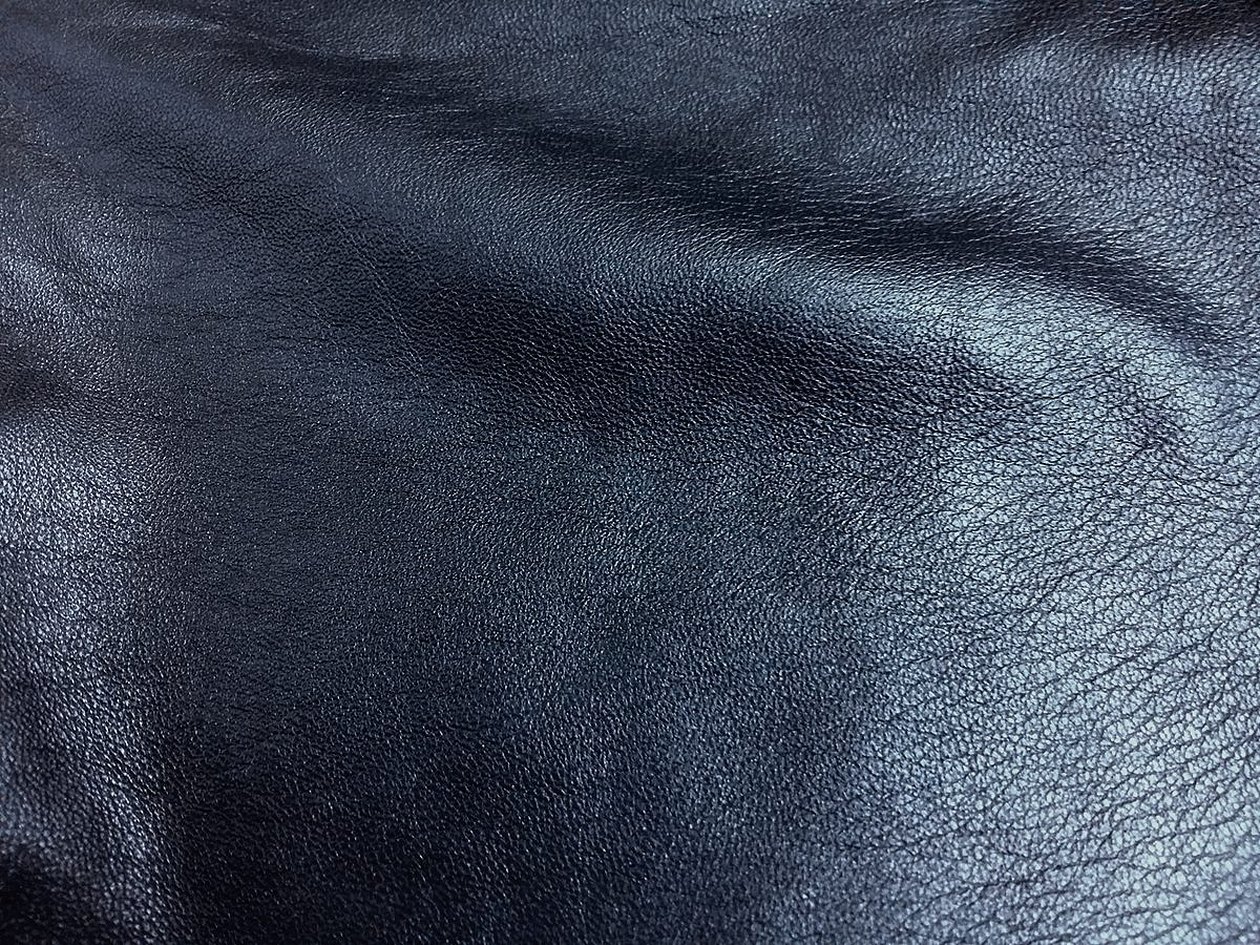
Due to its elasticity, the material is used in the production of work and sports shoes. Due to its strength, tarpaulin began to be used in the production of punching bags and protective clothing. If someone had the opportunity to touch it, then they understand how durable the material tarpaulin is.
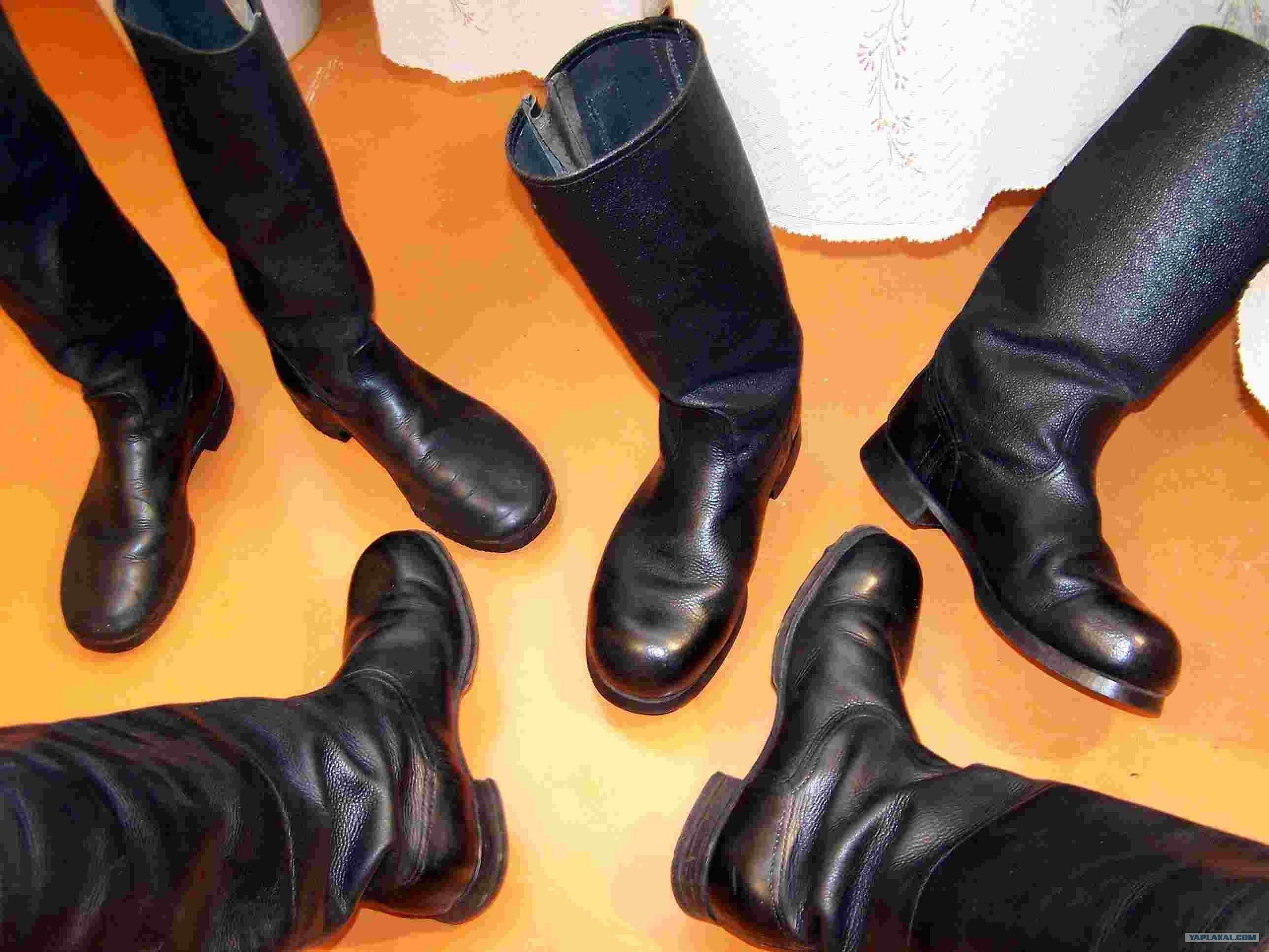
Improvements to the fabric have affected the temperature that the material can withstand. Due to the fact that the coating layer has changed, the fabric remains undamaged down to -30 degrees.
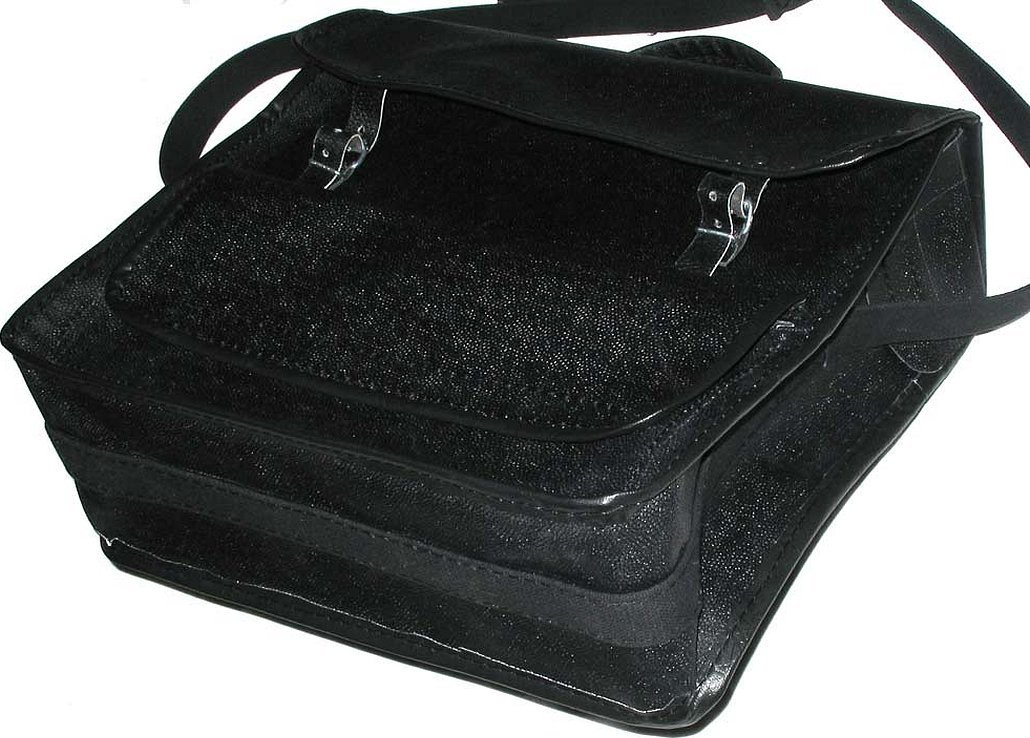
The fabric will remain intact for at least 1 year, guaranteed. But with proper care, it will last much longer. How to properly care for the fabric to increase its service life? What secrets of care exist?
How to care for a tarpaulin item
In fact, it is not that difficult. One of the differences between tarpaulin and tarpaulin is that this material is easy to care for. This question is often asked by people who have not been in the army. Everyone there knows it. Tarpaulin was originally a material for shoes. What needs to be done to care for tarpaulin, no matter if it is boots, a bag or something else. The main thing is that they are made of tarpaulin and they need care.
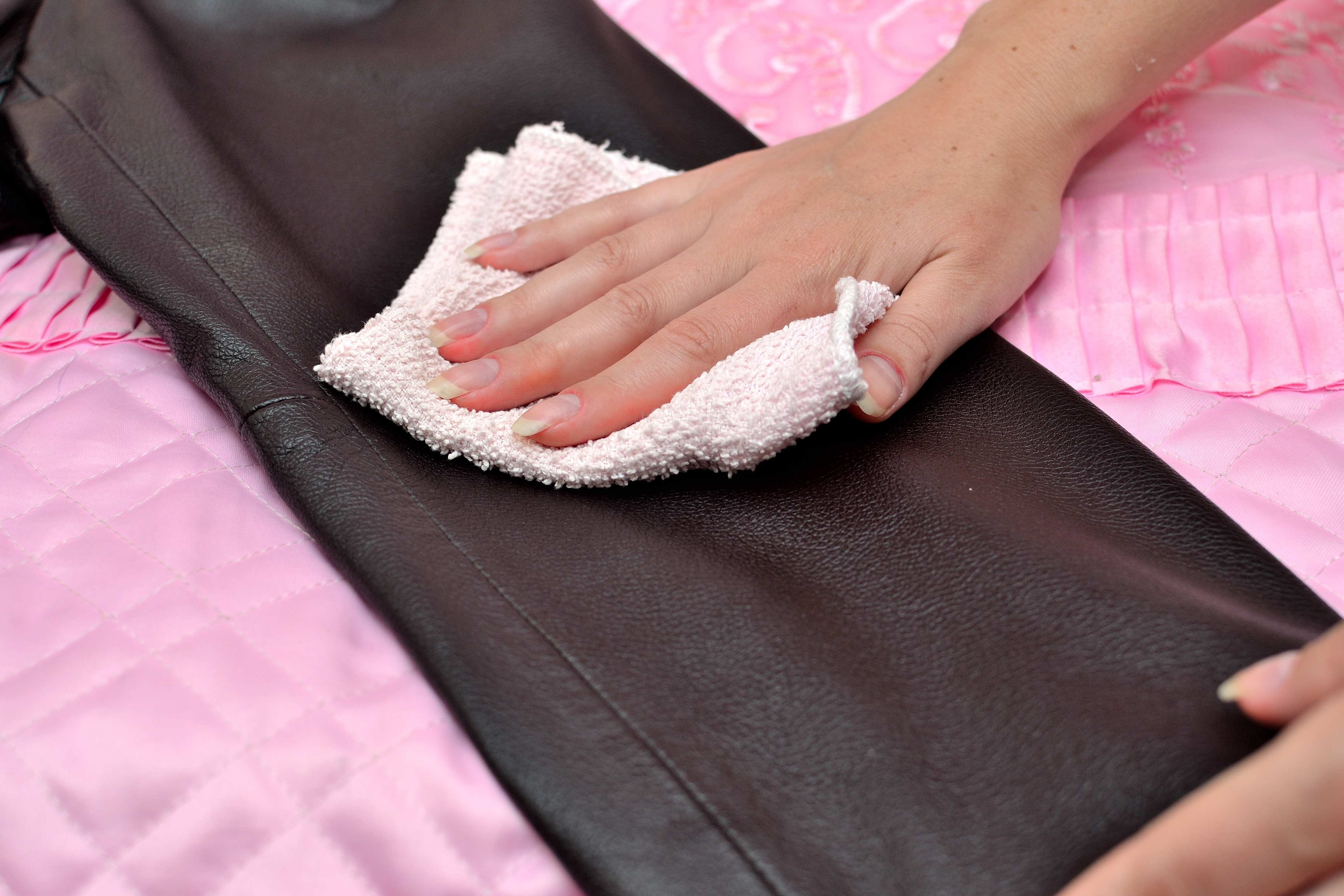
- Things need to be greased with fats. For example, goose, pork and others. This will improve the waterproofness of the thing. Oil cannot be used (on the material itself, we are talking about oil from the diet). Fat should be applied to washed and dried things. If you notice excess fat after a couple of days, remove it.
- Regular shoe care products will also work. For example, shoe polish, wax. Please note that this care tip is only for boots.
- As for oils, it's not all that exclusive, they can be used to lubricate seams. Castor oil will do, in addition to it, you can take any other fat.
- Wipe with various creams several times a week. But only if the item is used almost daily. In other cases, it is not necessary.
- If water gets on the material, it is necessary to dry it. Of course, if possible. It was not always so during the war.
With the right approach to caring for the item, it will last for many years. It is quite easy to care for tarpaulin. An amazing material with many advantages, and also unique in some properties, is unpretentious in care. Creams can be used based on organic solvents.
If the material is handled incorrectly, it will not last long. Although the quality is very high. Without care, the material will begin to break, tear, harden and fall apart. Therefore, it is worth paying attention to the care of the tarpaulin.

Pros and cons
You should always start with the good. A material like tarpaulin has many good qualities.
- durable material;
- moisture resistant;
- frost resistance;
- good elasticity;
- easy;
- inexpensive;
- not difficult to care for.
The disadvantages include:
- rough material;
- problems with legs in the heat.
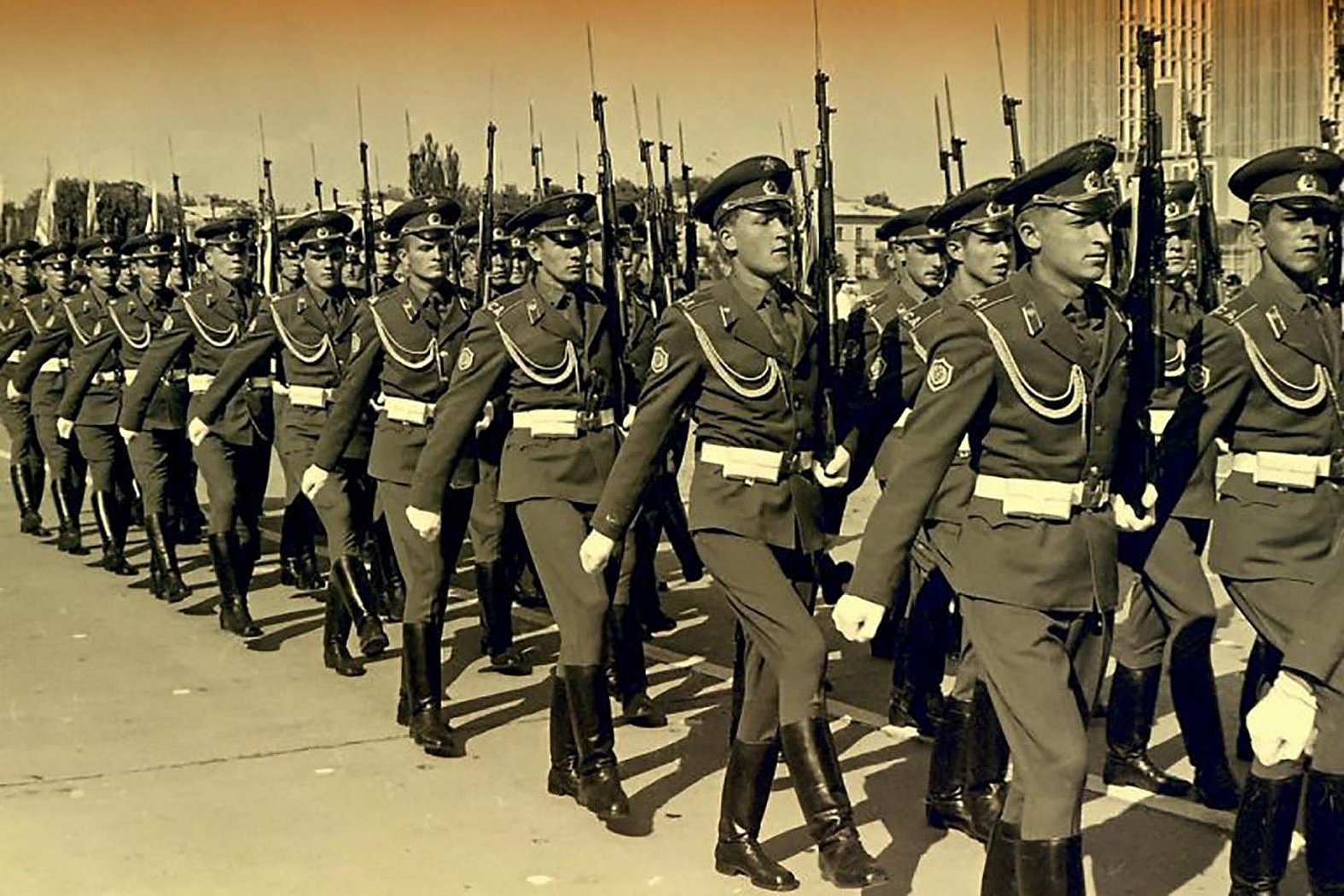
Obviously, there are many more advantages, they prevail in this material. The material kirza is very useful and beneficial for people. Despite the fact that it is an artificial fabric, it is not inferior to natural materials. It also lets air through, but also prevails in other criteria.
In conclusion of the whole article, it is impossible not to mention Pomortsev, if not for his experiments, such a sample of the material would not have been obtained. Surprisingly, the refinement of the formula by Plotnikov and his team made it even more comfortable to use. The material has been praised by more than one generation. Ordinary fabric not only helped to survive the war, but after so many years has survived in the modern world.
Compared to others, it has not gone out of use, is still being improved and used in the armies of Russia. Such material is a great treasure in a person's life!




